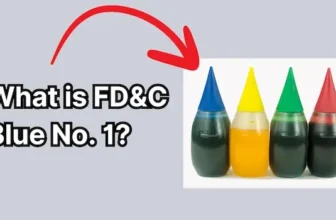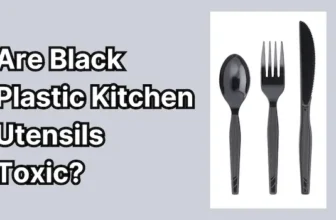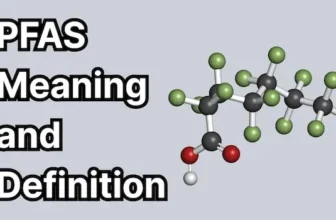Have you been hearing a lot about artificial colors and dyes like Yellow 5 in social media or the internet lately? As a scientist, I’m here to share what the research says about Yellow 5, also known as Tartrazine or FD&C Yellow Number 5, potential side effects, and whether it’s bad for you.
Yellow 5 is a widely used artificial food dye that imparts a bright yellow color to a variety of foods, beverages, and pharmaceuticals.
Like Red 40 and Blue 1, it is popular among manufacturers because it is stable, inexpensive, and effective at creating vibrant hues.
While it helps make products look appealing, growing research has raised concerns about its impact on health.
Studies have linked Yellow 5 to allergic reactions, behavioral changes in children, and potential cancer risks, prompting increased scrutiny from health experts and regulatory agencies worldwide.
As I become more and more mindful about what I put into my body, I find myself increasingly questioning the ingredients in everyday foods and drinks, especially synthetic additives like Yellow 5.
As awareness grows, many consumers like me question whether the bright yellow hue is worth the possible side effects.
Where Is Yellow 5 (Tartrazine) Used in Food and Products?
Yellow 5 is found in an extensive range of products, including:
- Beverages: Lemon-lime sodas, sports drinks, powdered drink mixes
- Candies: M&Ms, Starburst, Skittles
- Cereals: Froot Loops, Cap’n Crunch, Lucky Charms
- Baked Goods: Cakes, pastries, cookies, frostings
- Snacks: Doritos, chips, crackers
- Dairy Products: Flavored yogurts, puddings, ice creams
- Processed Foods: Instant noodles, pickles, sauces, salad dressings
- Medications and Supplements: Tablets, capsules, cough syrups, vitamins
- Personal Care: Toothpaste, mouthwash, cosmetics
| Health Concern | Evidence/Notes |
| Hyperactivity/Behavioral Issues | Linked to increased hyperactivity, irritability, and sleep disturbance (2🍃) |
| Allergic Reactions | Hives, asthma, eczema, especially in sensitive individuals (2🍃) |
| Cancer/Genotoxicity | DNA damage, benzidine contamination, tumor growth in animal studies (3🍃) |
| Digestive Discomfort | Bloating, nausea, stomach cramps in some individuals (4🍃) |
| Respiratory Risks | Potential hazard if inhaled in dust form (limited evidence) (5🍃) |
| Other Effects | Neurotoxicity, immunological, and hormonal concerns (needs more research) (6🍃) |
Yellow 5 Side Effects: Is it bad for you?
Despite its widespread use and regulatory approval, Yellow 5 has been the subject of ongoing health debates.
Here are some of the main concerns:
1. Side Effects on Skin – Allergic Reactions and Sensitivities
- A small percentage of people (less than 0.1%) are sensitive to Yellow 5, experiencing symptoms such as hives, itching, skin rashes, asthma, coughing, and vomiting. (1🍃)
- Those with aspirin sensitivity or asthma are more likely to react to tartrazine. (1🍃)
- In rare cases, more severe reactions like angioedema or vasculitis have been reported.
- Yellow 5 can worsen eczema in some children.
2. Behavioral and Neurological Effects
- Studies have linked Yellow 5 to increased hyperactivity and behavioral issues in children, particularly those with ADHD or behavioral sensitivities. (7🍃)
- The California Office of Environmental Health Hazard Assessment found that synthetic food dyes, including Yellow 5, pose significant risks to children’s neurodevelopment, especially during critical brain development stages. (7🍃)
- Not all children are affected equally; some are more sensitive than others. (7🍃)
3. Yellow 5 and Cancer (Carcinogenicity and Genotoxicity)
- Yellow 5 has been found in some studies to be contaminated with carcinogenic compounds like benzidine. (3🍃)
- Animal and microbiological studies suggest potential genotoxicity and cancer risks, though evidence in humans is limited and regulatory agencies have not banned it based on current data. (3🍃)
- The Center for Science in the Public Interest (CSPI) has called for a ban on Yellow 5 due to these concerns, stating that it serves no nutritional or safety purpose. (8🍃)
United States and International Restrictions and Labeling
- The European Union requires warning labels on foods containing Yellow 5, stating it “may have an adverse effect on activity and attention in children” (9🍃)
- Some countries have restricted or banned its use in foods aimed at children.
| Year | Regulation/Action | Scope/Details |
| 1960 | Color Additive Amendments | Defined “color additive,” required FDA safety review and listing for use in foods, drugs, cosmetics, and medical devices. Only listed, certified color additives allowed. |
| 1966 | Permanent Listing for Food & Drugs | Yellow 5 may be safely used for coloring foods and drugs in amounts consistent with good manufacturing practice; subject to batch certification. (10🍃) |
| 1985 | Approved for Cosmetics | Allowed in cosmetics generally. (11🍃) |
| 1994 | Approved for Eye Area Use | Allowed in drugs and cosmetics intended for use in the area of the eye |
| 2023–2024 | State Bans | California and West Virginia passed laws to ban Yellow 5 in school foods and, eventually, all foods sold in-state. (14🍃) |
| 2025 | Announced National Phase-Out | FDA to phase out all petroleum-based synthetic color additives, including Yellow 5, by the end of 2026. (13🍃) |
How Is Yellow 5 (Tartrazine) Made and What’s it Made of?
Yellow 5 is a synthetic dye derived from petroleum.
The manufacturing process involves a chemical reaction called diazotization, using hydrochloric acid and sodium nitrite, followed by coupling with other compounds to produce the final dye, which is then purified and isolated as a sodium salt. (15🍃)
This process is similar to that used for other artificial food dyes like Red 40.
Natural Alternatives to Yellow 5
With rising consumer demand for cleaner labels and fewer artificial additives, many companies are turning to natural alternatives, including:
- Turmeric (Curcumin): Provides a bright yellow color and offers anti-inflammatory benefits.
- Safflower: Produces a yellow shade similar to tartrazine, though not permitted in all markets.
- Annatto: Extracted from the seeds of the achiote tree, commonly used in cheese and butter.
- Beta-Carotene: Found in carrots and sweet potatoes, offers yellow-orange color and is a precursor to vitamin A.
- Saffron: Offers a deep yellow hue and additional health benefits, but is expensive.
While Yellow 5 has long been considered safe when used within established guidelines, recent legislative actions and growing consumer preference for natural ingredients have led to significant changes.
With the FDA’s planned phase-out of Yellow 5 by the end of 2026 and state-level bans already underway, the era of petroleum-based synthetic dyes in the U.S. food supply is coming to a close.
This marks a major shift in food regulation and product formulation, underscoring the importance of both scientific evidence and public sentiment in shaping food safety policy.
References
- FD&C Yellow No. 5: What is it and where is it used?
- Hidden Dangers of Yellow Dye 5 Brain, Behavior, and Health | Amen Clinics Amen Clinics
- Toxicology of food dyes – PubMed
- Understanding Yellow 5 Dangers and Safe Alternatives
- Yellow 5 Food Dye: What Is It, and How Can It Affect Your Health?
- Decoding Food Additives: All About Yellow 5
- California agency acknowledges synthetic food dyes’ link to hyperactivity and behavioral problems in kids | Environmental Working Group
- Food-dyes-rainbow-of-risks.pdf
- FD&C Yellow 5: What It Is, Health Effects, Cancer Risk, and More
- eCFR :: 21 CFR 74.1705 — FD&C Yellow No. 5.
- Summary of Color Additives for Use in the United States in Foods, Drugs, Cosmetics, and Medical Devices | FDA
- Volume 26, Issue 12 June 17, 2021
- FDA Seeks to Phase Out Synthetic Color Additives | Morrison Foerster
- FDA Seeks to Phase Out Synthetic Color Additives | Morrison Foerster
- Decoding Food Additives: All About Yellow 5
Read Next
Top 10 Best Non-Toxic Candles in 2025
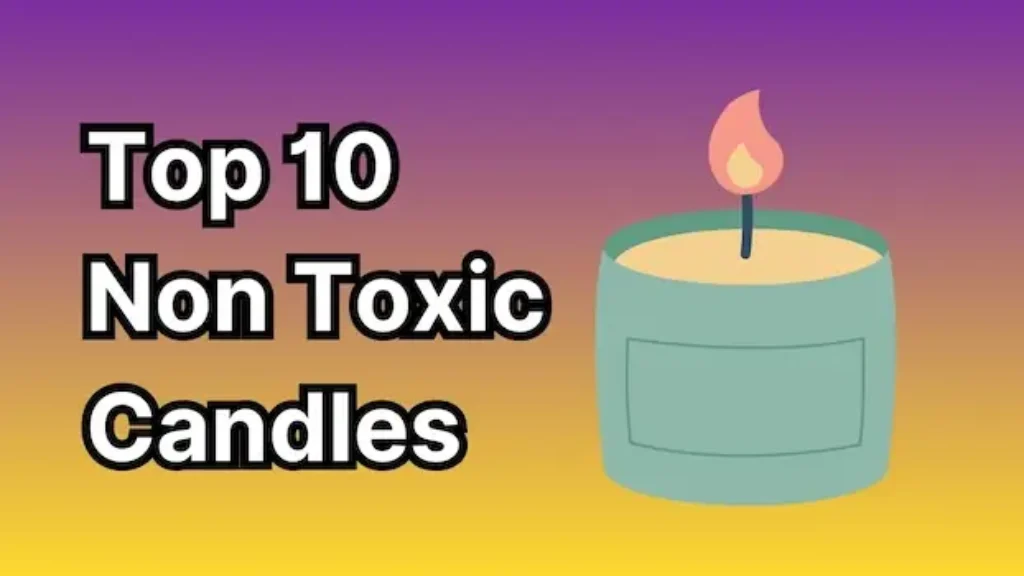
Top 10 Best Non Toxic Laundry Detergents
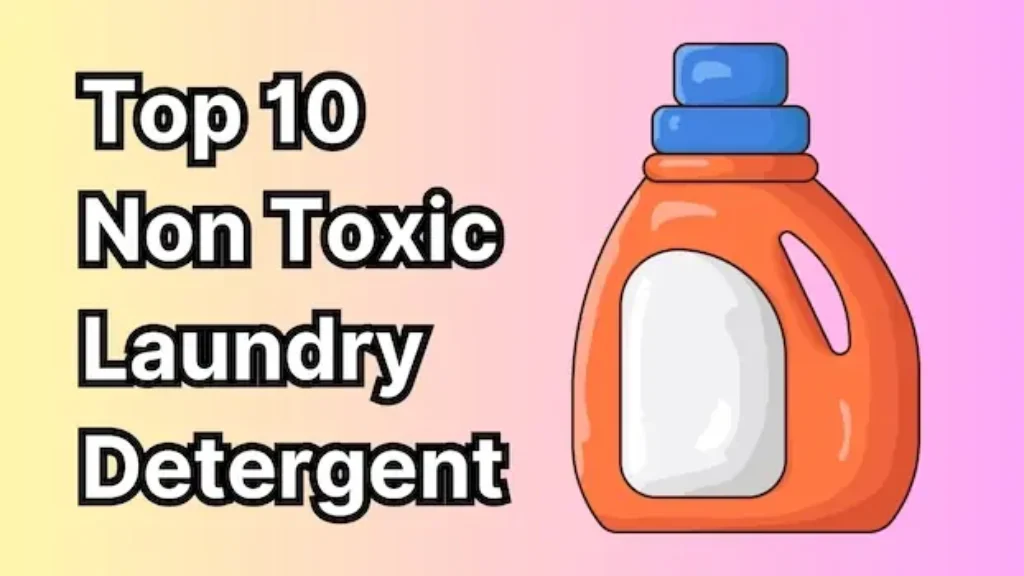
What is FD&C Red 40 Made of and its Side Effects?

What Is FD&C Blue 1 and is it Bad for You?

What are Parabens & Why are They Bad? From a Scientist
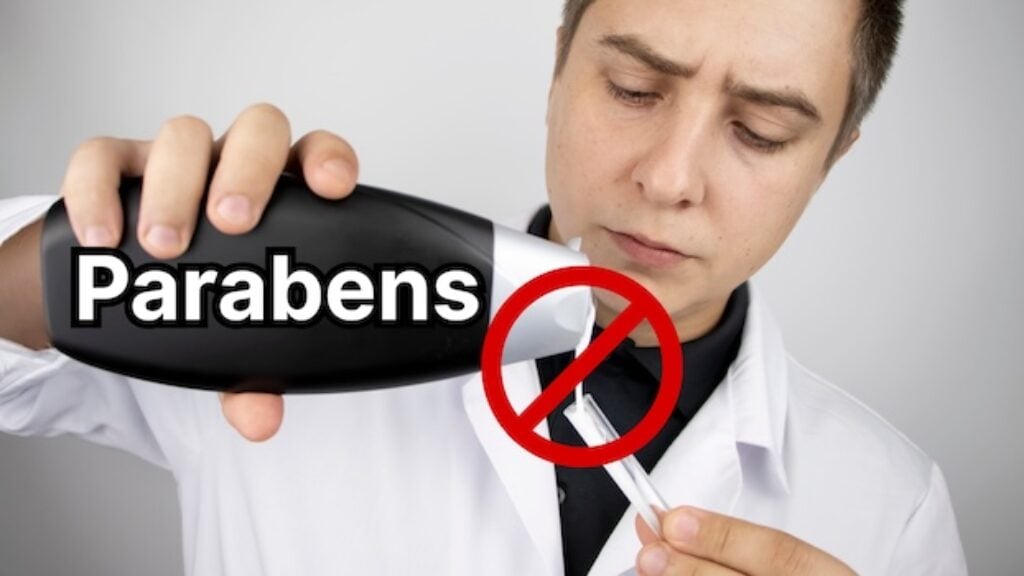
PFAS: Meaning, Definition, and How to Avoid
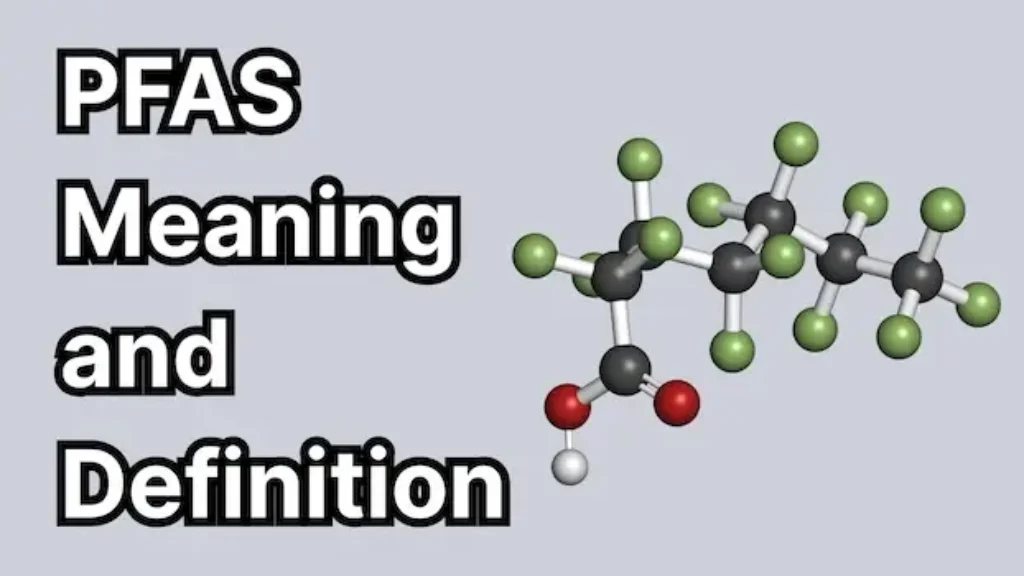
What are Phthalates? Pronunciation and Definition

What is Fragrance Made of? Ingredients List & Health Risks
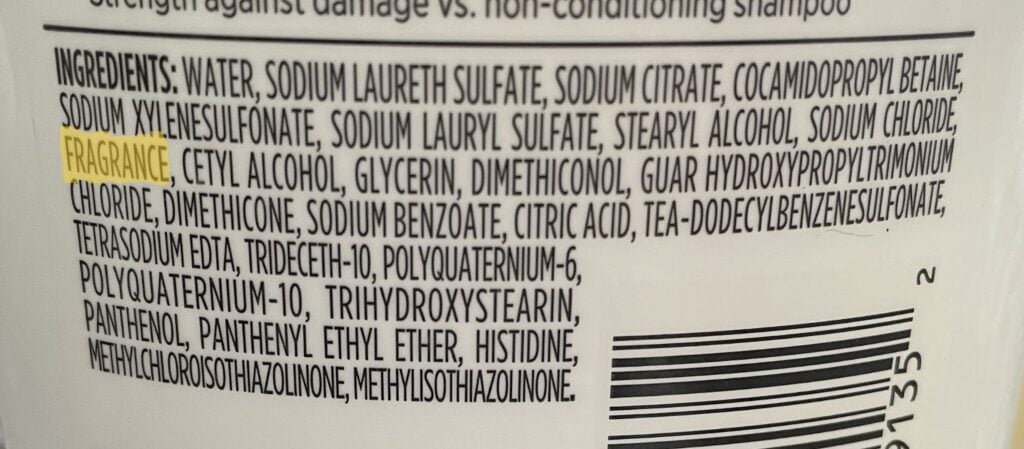
Are Black Plastic Kitchen Utensils Toxic?

